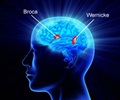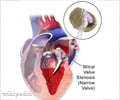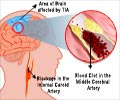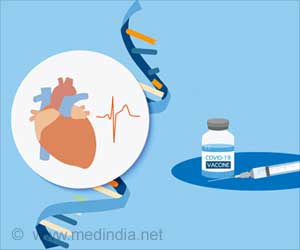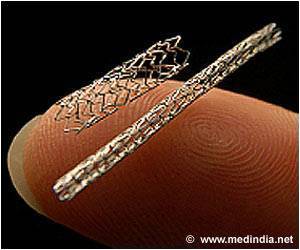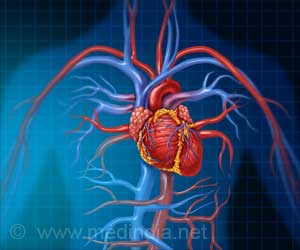Thanks to their discovery of a key molecule in an unexpected place in heart cells, researchers are one step closer in preventing death related to heart diseases.

It was led by Walter J. Koch, Ph.D., Professor and Chairman of the Department of Pharmacology at TUSM, and Director of the Center for Translational Medicine at TUSM.
"We have known that GRK2 is involved in the pathological development of certain heart diseases, such as chronic heart failure, and that its increased activity can lead to the death of heart cells. But its mechanism for the latter was unclear," Koch said.
In addition, while the enzyme was known to be present in elevated levels in the hearts of patients with heart failure, the reasons for its rise were not fully understood.
Normally, GRK2 hangs out near the plasma membrane of heart cells, where it turns off certain signals transferred from the blood to the tissue.
But the researchers at Temple found that it moves to mitochondria in response to two classic features of heart disease, ischemic insult and ensuing oxidative stress.
They ultimately cause whole sections of heart tissue to die, leaving behind scars that can severely compromise the ability of the heart to function properly.
By blocking Hsp90's ability to bind to GRK2, the researchers were able to prevent the enzyme's delivery to mitochondria.
The results are published in the journal Circulation Research.
Source-ANI
 MEDINDIA
MEDINDIA
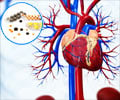
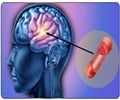

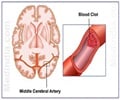
 Email
Email
